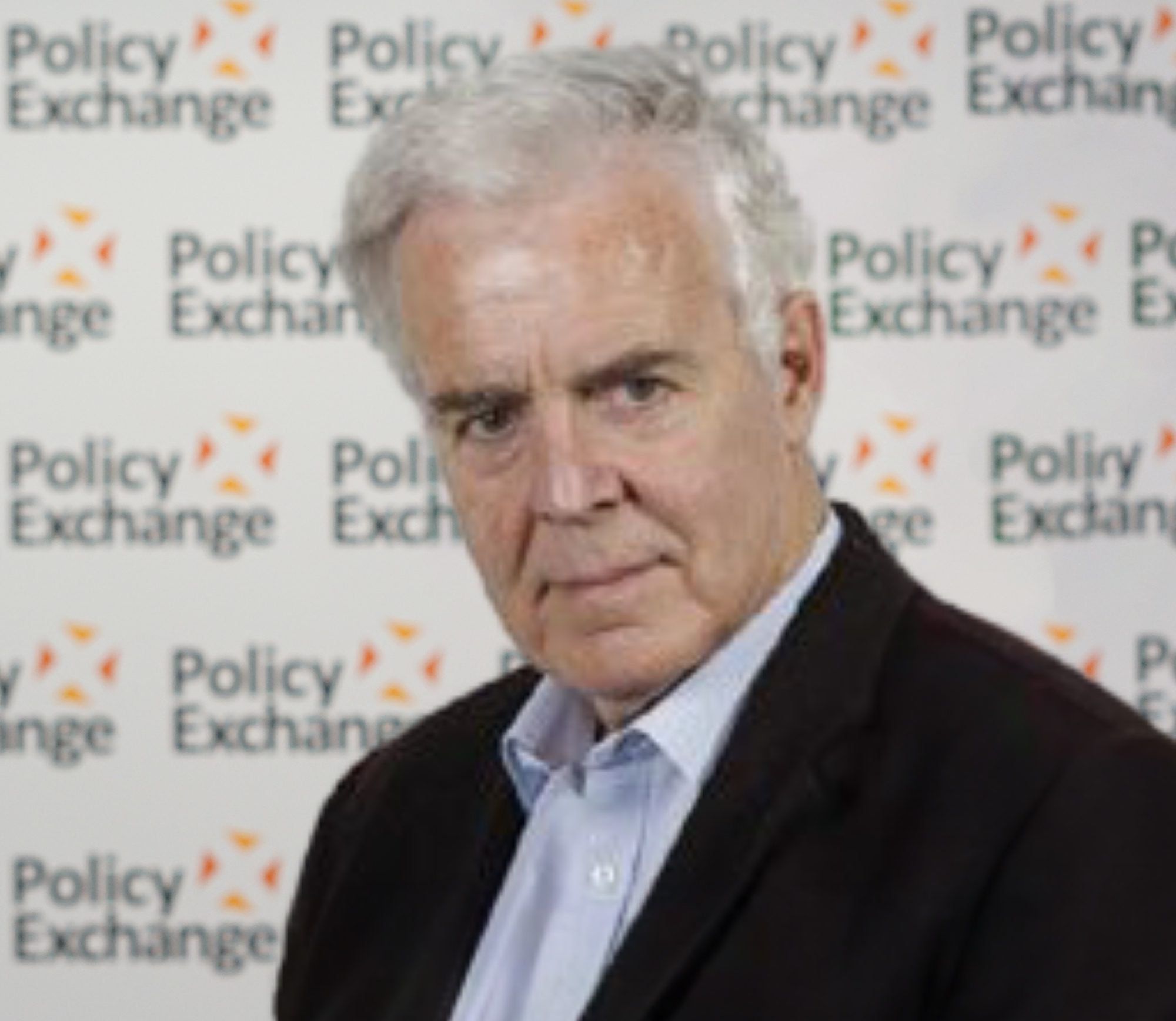
Geoffrey Owen
Head of Industrial Policy
It has taken a long time, but Dominic Cummings’s vision of a new high-risk, high-return research funding agency, operating outside the established bureaucracy, is finally taking shape. This week’s announcement that Peter Highnam has been appointed chief executive of the Advanced Research and Invention Agency (ARIA) marks an important step forward, all the more so as Highnam seems ideally qualified for the job. Educated in the UK, he has spent most of his career in the US, working both in the private sector and then for the Defense Advanced Research Projects Agency (DARPA), the much-admired funding body on which ARIA is loosely based. He has a background in computer science.
When he takes up the post in May, one of his first tasks will be to answer a question that has worried scientists and politicians ever since Cummings first put forward the idea: what is ARIA for? Policy Exchange explored this question in its 2020 report Visons of ARPA [https://policyexchange.org.uk/publication/visions-of-arpa/ ], edited by Iain Mansfield and me. In contrast to DARPA, which is part of the Department of Defense, ARIA will not be tied to a particular sector or technology but will be free to support projects across the whole field of science and technology. Cummings’s view, which seems to have been broadly accepted by the government, is that ARIA’s mission should be “to accelerate scientific discovery far beyond what is currently normal and to seek strategic advantage in some fields of science and technology for the UK”. The government has said that ARIA would “focus on projects with potential to produce transformative technological change or a paradigm shift in an area of science”.
How would such projects be selected? Cummings’s idea, which is based on what he calls 1960s ARPA (before the agency was “bureaucratised” and had the D added to its title), is that ARIA should look for visionary scientists who had identified a challenging problem which, if solved, could generate substantial benefits for society. The best-known example in the early days of ARPA was Joseph Licklider, whose pioneering work on interactive computing paved the way for the internet. Such people were brought into the agency as programme managers and given the freedom to run their projects with minimal supervision. This involved assembling a team of experts from the private and public sectors, and from academia, to work on different aspects of the programme.
The choice of projects and people will be a crucial part of Highnam’s job. He and his chairman (not yet appointed) will also need to make sure from the start that Ministers stick to their commitment to give ARIA the freedom to manage its projects without second-guessing from Whitehall. One of the strengths of DARPA in the US is that because of its links to national security it has enjoyed consistent bipartisan support. ARIA will not have that advantage, and it is bound to be subject to intense scrutiny from politicians and the media.
ARPA was also able to achieve some notable successes early in its existence, enough of them to offset its failures, and that is not something that Highnam and his team can be expected to replicate. Quick wins are in any case not what ARIA is about. What matters is that the new agency should create an organisation and a culture that, over time, can achieve results that are hard for conventional funding agencies to match. If that can be done, there is a chance that ARIA will have, as Cummings has suggested, a very positive effect on British science in general.


